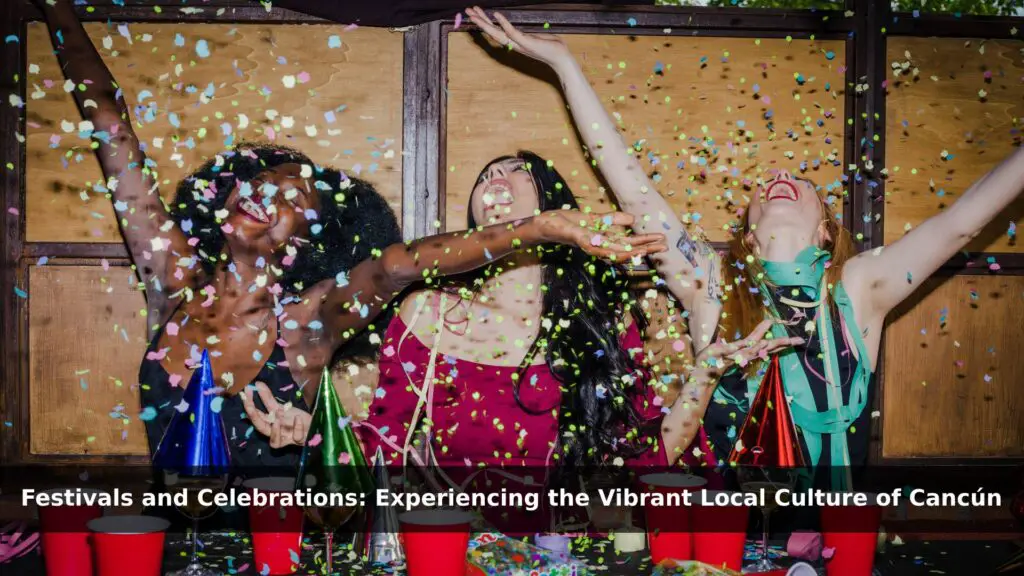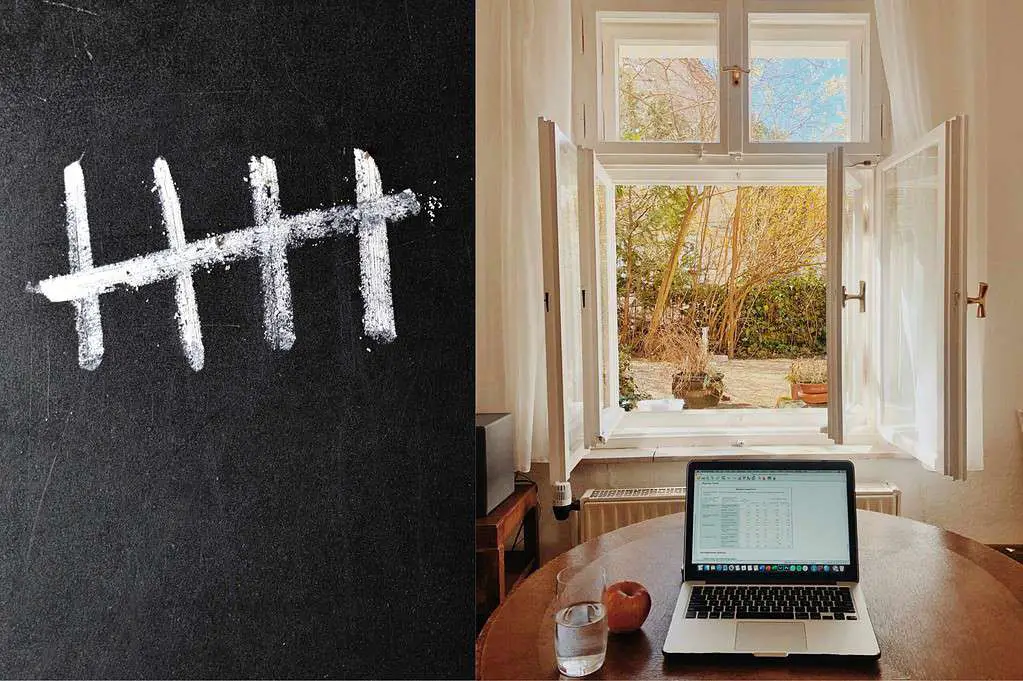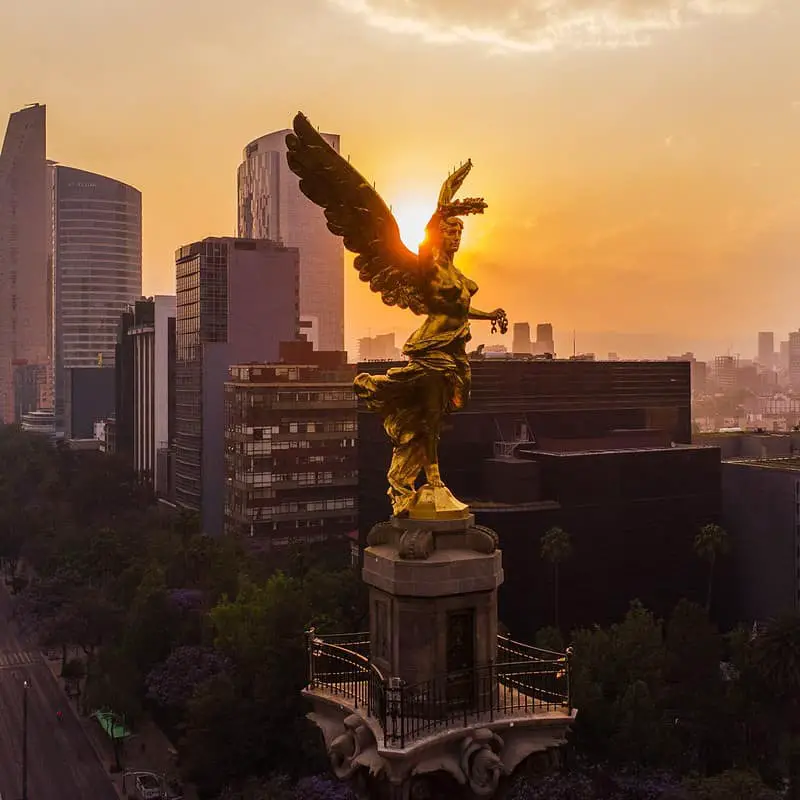Dancing with Cancún: A Journey through Traditions, Colors, and Rhythms
Table of Contents
Festivals and Celebrations of Cancún
Hey there, wanderlust-filled souls! When you think of Cancún, your mind might instantly drift to its powder-soft sandy beaches and crystal-clear waters. But today, we’re detaching from the well-trodden tourist trails and diving deep into the heart of Cancún’s local culture. Trust me, if you’ve only witnessed Cancún through the lens of its beach resorts and margarita glasses, you’ve been missing out. Big time. From traditional dances under the moonlit sky to the explosion of colors during carnival season, join me as we embark on a journey to experience the vivacity and spirit of Cancún’s festivals and celebrations. Ready to dance, laugh, and celebrate? Vamos!
The Historical Background of Cancún’s Festivals
Cancún, a mesmerizing blend of pristine beaches and rich history has roots that dig deep into the ancient civilization of the Mayans. Long before it became a bustling tourist haven, it was home to the Mayan people, who celebrated an array of festivals filled with dance, music, and rituals dedicated to their deities and nature. The essence of these Mayan traditions still lingers in today’s celebrations, weaving a vibrant tapestry of memories, stories, and beliefs.
With the onset of colonization in the 16th century, Spanish traditions began to meld with indigenous Mayan customs. This blend resulted in unique festivities juxtaposing European religious practices with Mayan rituals, creating a rich cultural mosaic. These celebrations, amalgamating old and new, have given Cancún its distinct identity, offering a deeper insight into its multifaceted heritage.
Cancún Carnival: A Fiesta of Colors
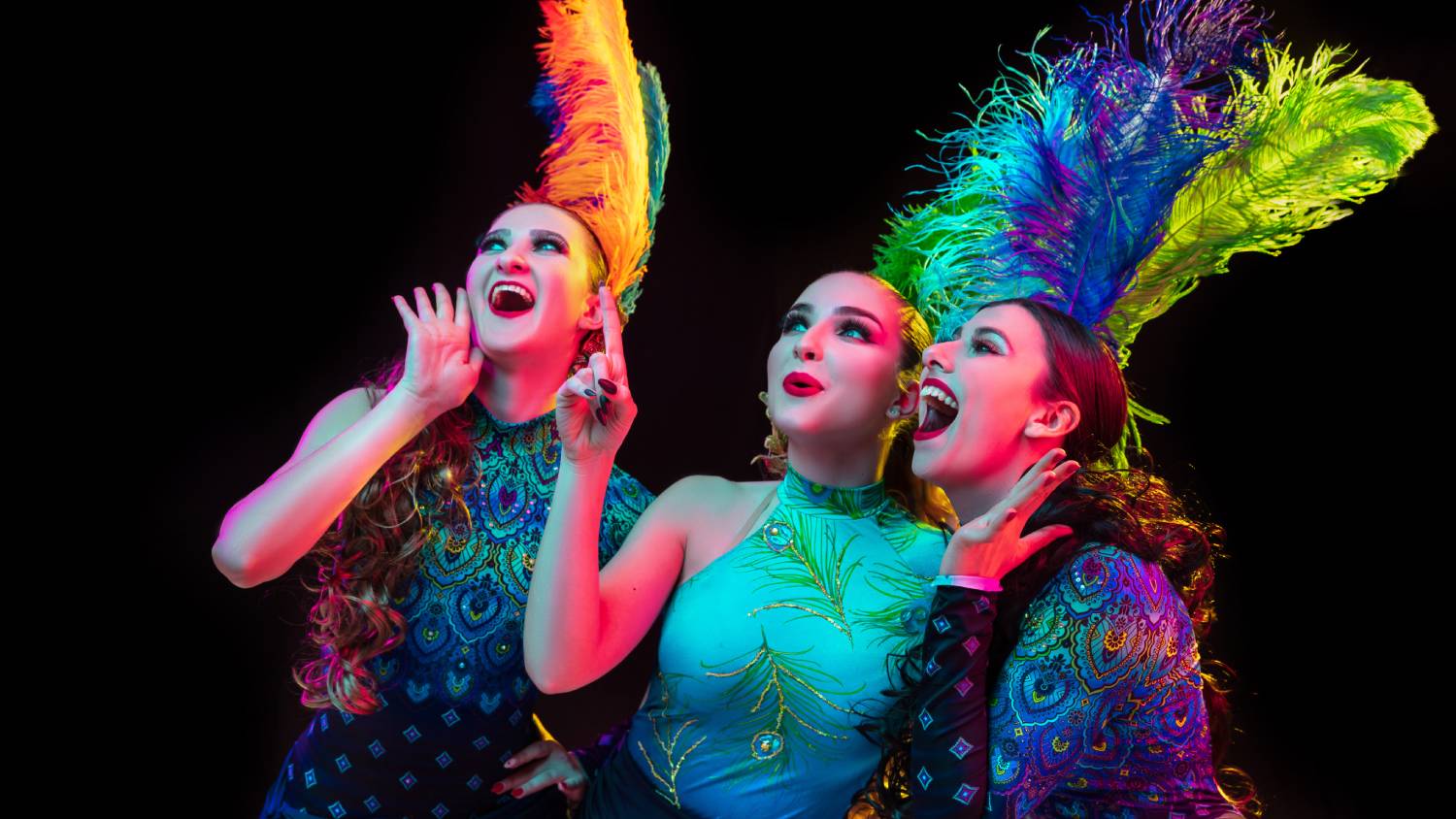
Every year, as winter wanes, Cancún bursts into a riot of colors, rhythms, and festivities – it’s time for the Cancún Carnival! Tracing its origins back to ancient indigenous celebrations and influenced by European traditions, the carnival has grown into an event of significant cultural importance in this seaside city.
The streets of Cancún transform into an open-stage theater during the carnival. Magnificent parades showcase vibrant floats and performers dressed in elaborate costumes that often narrate tales of Mayan folklore and modern-day Mexico. Dancers move to the infectious beats of samba, salsa, and reggaeton, ensuring no spectator’s feet remain still.
On my first visit to Cancún during the carnival, I was mesmerized by a group depicting the legendary Mayan ball game. Their intricate costumes and passionate dance entertained me and educated me on this ancient sport. Experiencing the carnival firsthand, I realized that it’s not just a celebration but a living testament to Cancún’s rich cultural tapestry.
Day of the Dead in Cancún: Ancestors, Altars, and Affection
To truly understand the depth of Mexican culture, one needs to immerse oneself in the profound celebration known as the Day of the Dead or “Día de los Muertos.” Rooted in ancient indigenous traditions and enriched by Spanish Catholic influences, this event isn’t about mourning the departed but celebrating their lives, ensuring that their memories remain vibrant and eternal.
While the Day of the Dead is observed throughout Mexico, Cancún brings its own distinctive flavor to the table. Marrying its coastal charm with age-old traditions, Cancún’s beaches often witness candle-lit vigils, where families gather to share tales of their ancestors, with the calming waves providing a serene backdrop. Altars, or “ofrendas,” are a central element, meticulously adorned with marigold flowers, sugar skulls, and favorite foods of the departed, creating a kaleidoscope of colors and scents.
For visitors to Cancún during this time, the city offers a plethora of unforgettable sights and activities. The vibrant “Festival de Vida y Muerte” at Xcaret Park is a must-attend, showcasing traditional dances, music, and theatrical performances dedicated to the Day of the Dead. Strolling through the local markets, one can find exquisite handmade crafts, including the iconic painted skulls. Lastly, don’t miss the opportunity to sample the “Pan de Muerto,” a sweet bread specially made for the occasion, often best enjoyed with a cup of rich Mexican hot chocolate.
Hanal Pixán: The Mayan Day of the Dead
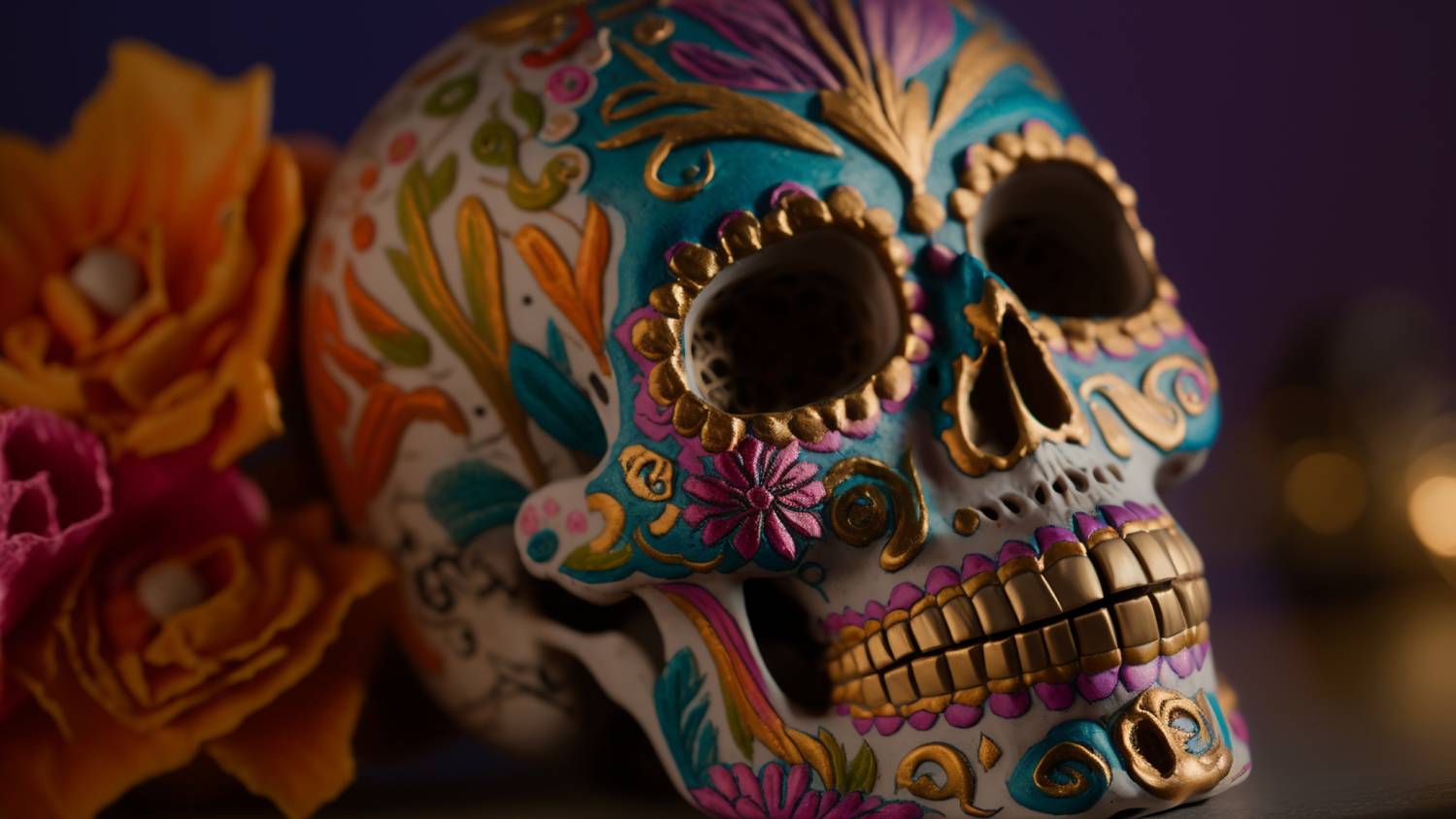
While the Day of the Dead is widely recognized as a signature Mexican celebration, few realize that the roots of this observance stretch back to the time of the Mayans, with their unique version called “Hanal Pixán,” which translates to “food of the souls.”
Hanal Pixán is deeply entrenched in Mayan spirituality and cosmology, unlike the mainstream Day of the Dead festivities. Spanning over three days, it’s a time when the veil between the living and the spiritual realms is believed to be the thinnest. The Mayans held a profound belief in the cyclical nature of life and death, viewing death not as an end but as a continuation of the life journey in a different realm.
The customs and traditions associated with Hanal Pixán are both solemn and vibrant. Families create altars, but these differ from the typical “ofrendas” seen elsewhere. Mayan altars are adorned with handwoven tablecloths, candles in specific numbers representing different souls, and images of saints combined with Mayan deities. Most distinctively, instead of the sugar skulls popular in the rest of Mexico, they use wooden masks to represent the departed.
Food, as the name Hanal Pixán suggests, plays a pivotal role. Traditional dishes prepared include “pib,” a tamale made from maize and chicken or pork cooked underground. This is more than just a meal; it’s a symbolic offering to appease wandering souls. Fruits like oranges and tangerines are often laid out, as well as salt for the souls of the departed children.
Experiencing Hanal Pixán offers a deeper insight into the Mayan perspective of life, death, and the intricate dance between the two. It’s a journey into ancient beliefs and rituals and a celebration of continuity that defies the finality of death.
Las Posadas: A Prelude to Christmas

As winter deepens and the festive spirit takes hold, Mexico readies itself for “Las Posadas,” a heartwarming nine-night celebration that culminates on Christmas Eve. Rooted in religious tradition, Las Posadas commemorates Mary and Joseph’s quest for lodging in Bethlehem. The term “Posada” translates to “inn” or “shelter,” encapsulating the essence of this reenactment.
Each evening, neighborhoods come alive with processions of participants, often children, portraying Mary, Joseph, and a choir of angels. They go door-to-door, singing traditional songs and seeking shelter, only to be refused multiple times. The ritual culminates when they are finally granted refuge, symbolizing the manger where Jesus was born. Following this, there are lively celebrations with pinatas, candles, and moving carols filling the air.
For those wishing to experience Las Posadas’s full splendor, local churches and communities often welcome visitors to join the processions. Town squares or “plazas” are also perfect vantage points, with many organizing special Posadas events. Delving into this tradition provides a profound understanding of the deep faith and community spirit that characterizes the Mexican Christmas season.
Nuestra Señora de Guadalupe (Our Lady of Guadalupe) Celebrations
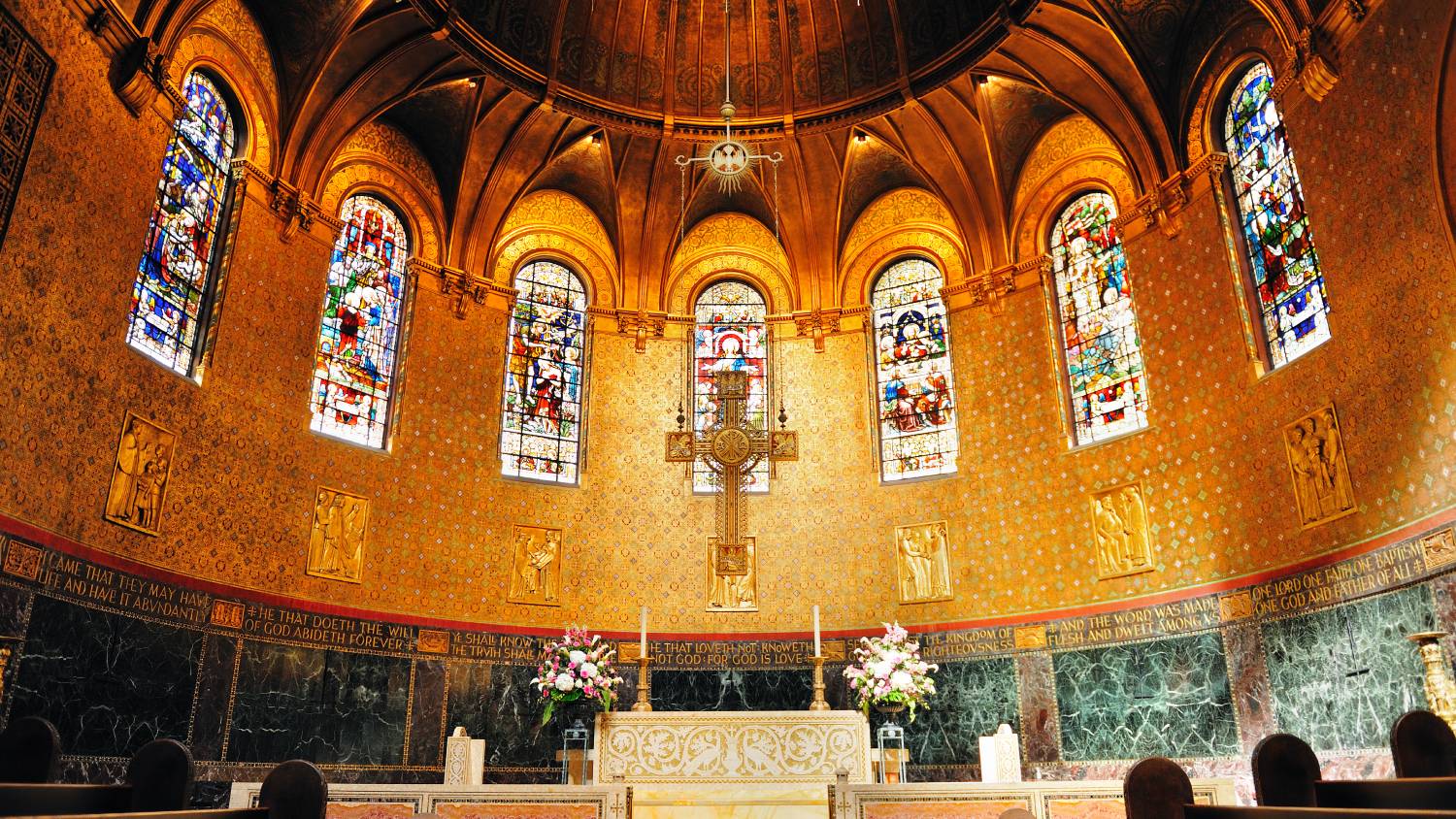
In the heart of Mexico’s spiritual landscape lies the celebration of Nuestra Señora de Guadalupe. This Day, observed on December 12, remembers Juan Diego, an indigenous man who miraculously saw the Virgin Mary on Tepeyac Hill in 1531. Revered deeply, her image has since become a national symbol of unity and faith, transcending cultural and social boundaries.
Cancún, echoing the nation’s devotion, comes alive during this event. The rhythmic sounds of the drums, the fervent chanting, and the ancient dances fill the streets. Majestic processions wend their way through the city, featuring faithful devotees carrying candles, flowers, and images of the Virgin. On my last visit, I was particularly moved by a group of dancers, their fervor evident in every graceful movement, creating a tapestry of faith, history, and culture that was deeply touching. These celebrations’ reverence and communal spirit epitomize Mexicans’ profound bond with their spiritual roots.
Tips for Travelers: Navigating Cancún’s Festivals
Navigating the rich tapestry of Cancún’s festivals can be an overwhelming yet rewarding experience. Here’s how to make the most of it:
- Best Times to Visit: If festivals are your prime focus, plan your trip around late October to early November for the Day of the Dead celebrations. February or March, depending on when Lent falls, is ideal for carnival enthusiasts. Religious devotees should consider December to experience the enthusiasm of Nuestra Señora de Guadalupe.
- Respect and Engage with Local Customs: While becoming engrossed in the festivities is simple, remember that these are deeply ingrained cultural traditions. To converse with locals, dress modestly, get permission before taking pictures, and learn a few Spanish phrases.
- Recommendations for Immersive Experiences: Participate in local workshops where you can craft traditional festival items like masks or lanterns. If possible, join a local family in their Day of the Dead celebrations—it offers a personal and genuine insight. Consider hiring local guides who can narrate each festival’s historical and cultural significance, making your experience richer.
Remember, immersing in Cancún’s festivals isn’t just about observation; it’s about connection, understanding, and celebrating the vibrant spirit of the city’s heritage.
Summing Up!
Festivals and Celebrations of Cancún – Travel is more than just sightseeing; it’s about immersing oneself in local traditions and histories. While Cancún’s beaches are undeniably captivating, the city’s true essence lies in its rich festivities and cultural celebrations. To truly understand and connect with Cancún, travelers are encouraged to delve into its vibrant dances, evocative songs, and age-old rhythms, ensuring a memorable experience that resonates long after the journey ends.

